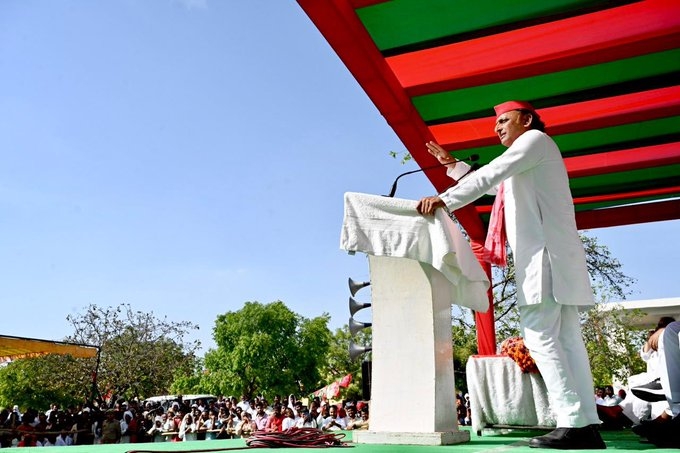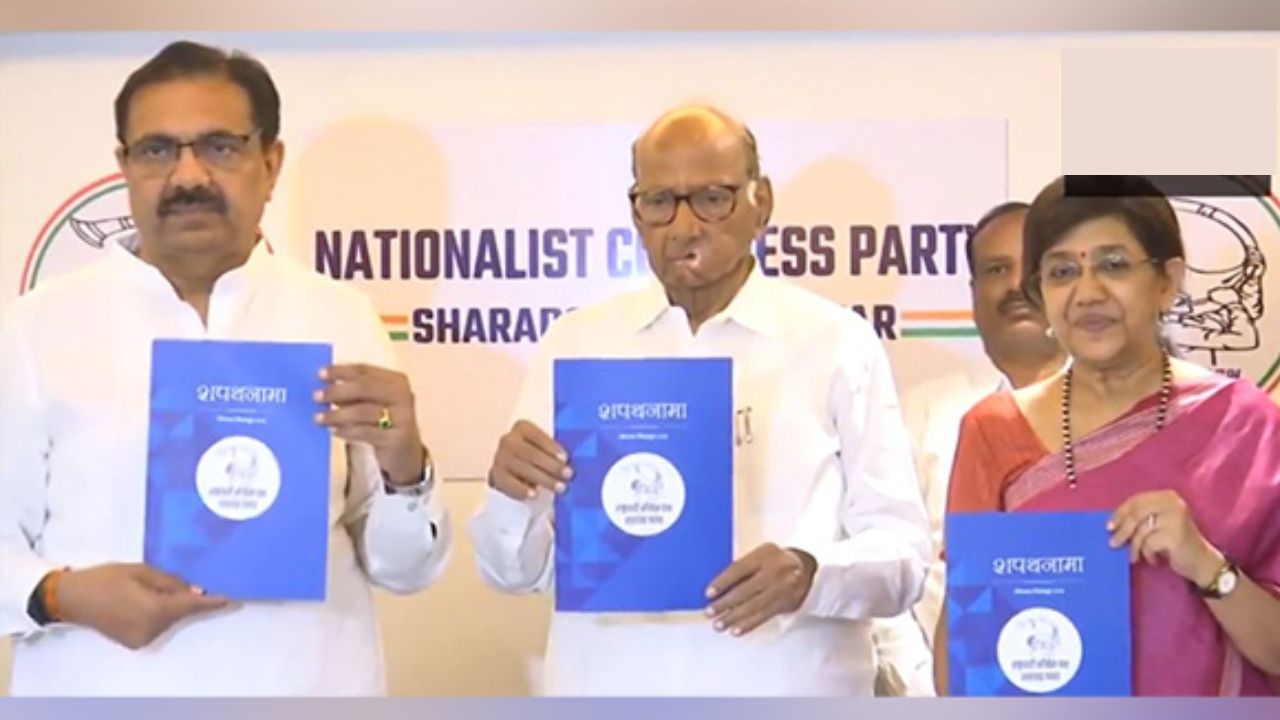#StandUpIndia: trade unions are a part of the solution, not the problem
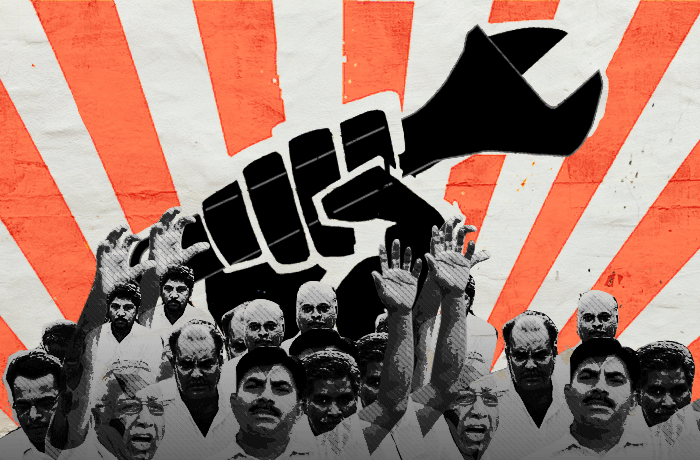
The debate
- Trade unions argue they provide manual labour at low costs
- They also help level the skewed relationship between owners and workers through negotiations
- Industrialists feel that unionisation is a restrictive practice. It leads to a slowdown of growth
The amendments
- Trade unions agree there is a need to refresh labour laws. But they oppose the proposed amendments
- One proposal is unless a body has 30% of the workforce as members, it can\'t register as a trade union
- India\'s 80% unorganised workers have no hope of forming unions under the proposed policy
The necessity
- Unions engage in collective bargaining, without which workers\' welfare would go for a toss
- The govt is pro-business, and needs to strengthen the labour force, not weaken it
The morning of 10 October 2014 was like any other at the Bellsonica Auto Component India Pvt Ltd factory in Manesar. But soon after, 45 of the factory's 800 workers were barred from entering the premises. They were then suspended.
At first, the workers were confused because the management offered no explanation. They had committed no crime. In fact, it was only earlier in the day that these 45 workers had gone to register a trade union with local authorities, complying with the Trade Unions Act, 1926.
They had been excited about forming a body that would have voice and strength, that would stand up to protect the rights of their fellow workers. They had felt safe, for the first time, in belonging to a legal collective. Now they sensed that this was precisely their crime.
"We workers were handed over a chargesheet after three months of our suspension, that too following court orders. They had charged us for indiscipline and a host of other vague charges," says Jasbeer, the general secretary of the Bellsonica Trade Union.
The Deputy Labour Commissioner of the area stated that the company neither produced any evidence against the workers, nor attended any meetings called by the Labour Commission on the matter. The management, despite court orders, failed to carry out any probe.
The management, last week, was ordered by the court to pay the workers their salaries for the period since when they were suspended. The case is still going on in court, but Jasbeer and his team feel hopeful.
The Bellsonica case is a prime example of the resentment that has transformed the industrial belt of Manesar, Haryana, into a ticking time bomb of labour distress.With the Narendra Modi government's proposed labour amendments, there will be several Bellsonicas across the country, feel workers like Jasbeer, who were out on a nationwide strike on 2 September.
Read our whole #StandUpIndia labour series:
Modi's amendment will be a disaster for India's workers
Wage reform is a fig leaf, it won't benefit workers
Strike affects normal life, hits transport and banking services
The opposing points of view
Trade unions argue they provide manual labour at low costs and help level the skewed relationship between owners and workers through negotiations. Thereby, they facilitate the process of industrial relations while also adding to the growth of industry.
This is done through a system which includes everything from laying down a charter to calling a strike.
Industry, however, feels that unionisation is a restrictive economic practice. This, employers feel, leads to a slowdown of industrial growth.
In 2012, when Awanish Kumar Dev, general manager (human resources) of Maruti, was burnt beyond recognition, the company alleged that "the violence was an orchestrated act of a mob, which has implications beyond one company or region".Maruti then declared a total damage of Rs 500 crore to its plant, and said it could only reach 10% of its original production capacity in 2012, after temporarily shutting down the plant due to the violence. The incident led to the arrest of 102 suspects, including the union leader.
Trade unions argue they provide labour at low costs and help level the relationship between owners and workers
The Indian automotive industry, specifically, has witnessed a considerable number of strikes backed by trade unions, and companies have borne major slumps in earnings.
It is no surprise then that for a long time, proposed labour reforms have been seen as a magic fix to the problems of India's labour-centric economy.
The historical perspective
India, with more than 85,000 registered unions and numerous unregistered ones scattered across a range of industries, has come a long way in establishing a concrete structure for employer-employee relations since the Madras Labour Union, the first organised trade union, was formed in 1918.
Beginning at the time of World War I, the trade union movement spread systematically to various industrial centres, quickly becoming an indispensable aspect of setting up or engaging with industry in India.
This was the movement that birthed some of the largest and most politically relevant trade unions that still stand their turf - like the Congress-backed All India Trade Union Congress in 1920 and the CPI(M)-affiliated Centre of Indian Trade Unions. Eventually, the Trade Unions Act, 1926, was enacted for the purpose of ensuring governance and protection of trade unions.
Clipping unions' wings
Most trade unions agree that there is a need to press the refresh button on existing labour laws. Every one of them, however, disagrees with the way this is being done.
The proposed amendments to various labour laws by the Central government are anti-worker, claim the unions.
There are various overhauls in store. In the specific case of the Trade Unions Act, this means that unless a body has 30% of the total workforce as members, it can't be registered as a trade union. The current figure is 10%.
If the amendments come into force, workers in the unorganised sector would be worst hit. Since 80% of India's labour force lies in this sector, this would effectively exclude the majority of workers from the basic democratic right of unionisation.
"Out of the 2,000 workers of Bellsonica, only 80 are permanent, and the overwhelming majority is contractual. They do not have any bargaining powers. It should be noted that Left-backed trade unions do not give a bargaining voice to this workforce. Surprisingly, a Congress-backed union does," states Monu Kuhad, the lawyer representing the 45 suspended workers in the Bellsonica case.
Moreover, the penalty for engaging in an 'illegal strike', as defined by the code, has also been raised. Now, any worker who engages in a strike which is 'illegal', shall be punished with a fine up to Rs 50,000 or one month imprisonment, or both.
While stricter laws are welcome, unions and their representatives have been crying foul over this move which, they say, is designed to further clip their wings.
"No employer wants to see a union in his factory. It was easier to manage the support of 10% workers in the face of any problem. If the proposed changes are implemented, it will be very difficult to organise the workers," claims Bharatiya Mazdoor Sangh chief BN Rai.
The Constitutional position
What clouds the issue is that while striking is itself not deemed illegal, there are a host of ways to circumvent things.
In the case of BR Singh vs Union of India, the Supreme Court recognised a 'strike' as a mode of redress for resolving the grievances of workers.
However, the Constitution guarantees no specific right to strike. Instead, such a right is derived from the fundamental right to form a trade union, laid out in Article 19(1)(c) of the Constitution, which, like all fundamental rights, is subject to reasonable restrictions.
In various judgments, like the All India Bank Employees Association v NI Tribunal case, the Supreme Court held that the right to strike may be controlled or restricted by appropriate industrial legislation.
The validity of such legislation would have to be tested not with reference to the criteria laid down in clause (4) of Article 19 of the Constitution, but by totally different considerations, thus leaving the legal scope of striking rather vague.
Therefore, legislation can and does restrict the right to strike by deeming certain strikes illegal.
Moreover, various restrictions are contained in sections 22, 23, 24, 10(3) and 10A(4A) of the Industrial Disputes Act.
Industry, in turn, has levelled allegations of corruption within unions, which may not entirely be wrong.
Some trade union leaders like the New Trade Union's Gautam Mody reject the allegations. Others, like the BMS's BN Rai, tacitly agree while making this point. "There is corruption at every level, be it the government or the private sector. This, however, doesn't mean that you destroy the very existence of these entities," he said.
Voice of the workers
Even though the functions of trade unions are many and a modern-day industrial setup is unimaginable without a union, the primary and foremost function of the unions was to engage in 'collective bargaining'.
Collective bargaining has been defined by the Supreme Court as "the technique by which dispute as to conditions of employment is resolved amicably by agreement rather than coercion".
Simply put, it is the process which gives teeth to workers, employees and the government to reach a common consensus in the volatile environment of industrial matters. It entails discussion and negotiation between the employer and workers regarding terms of employment and working conditions.
It is impossible for individual workers to assert themselves or reasonably voice their concerns in a factory set-up without the collective strength of unionisation.
Apart from this very basic function, trade unions play an essential role in employee welfare activities, cultural programmes, banking, medicine facilities, training and education of members.
The unions provide a life support and sense of familiarity to a large section of migrant workers living away from home, formulating an 'alternate society' in the life of a city worker.
It is impossible for workers to assert themselves or voice their concerns in a factory without unionisation
This is an an age when a pro-business government is showing the society dreams of rapid industrialisation and open-market commercialisation through various schemes like Digital India, Make in India, Skill India etc.
The massive labour force, on whose backs these revolutions will ride, needs to be strengthened, instead of being fractured. Only this will ensure real success.
Major demands of workers and unions haven't changed over the years
The proposed amendments to labour laws look set to curb the influence of trade unions on industry.
Catch's Vishakh Unnikrishnan spoke to Rajya Sabha MP D Raja of the Communist Party of India to try and understand the demands of the unions and the impact of the amendments on them.
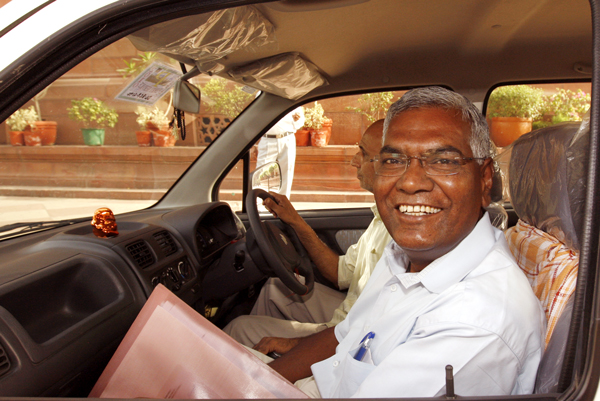
Photo: Sipra Das/India Today Group/Getty Images
VU: India has seen a violent relationships between industry and trade unions. The Maruti workers in Manesar being a prime example. What are the causes of major trade union disputes today and have they changed over the decades?
DR: I believe the major demands have remained the same. I believe the present demands are legitimate. The workers want minimum wages to be implemented, and clarity between contract and permanent labourers. They want adequate working hours, and better reinforcement of laws already in the book.
The increase in firms hiring contract labour has also become a major issue in the last couple of years. The unions have lately fought against the land acquisition legislation, which seems to be the only major change in their demands in the last couple of years. Universal pension has also become an increasingly important demand.
VU: Are the new amendments going to clip wings of trade unions and make their right to collective bargaining difficult? Will new laws make it difficult for workers to strike even if the cause is justified?
DR: It's a blatant attempt to restrict workers from voicing their rights. The amendments try to shift the onus onto employers and dilute the labour commissioner's responsibilities. The new rules are against the legitimate working of trade unions. For many workers, trade unions have been the only source to address their grievances. The new amendment seeks to curb that right.
For many workers, trade unions have been the only way to address grievances. The new rules seek to curb that
VU: Minimum wages have been a big part of worker demands. New sops offered by the government promise a national minimum wage plan that looks good (upto Rs 20,000 for a skilled worker) Are trade unions not happy?
DR: I don't think so. Whether skilled or unskilled, to survive in the current economic scenario, a labourer should at least receive Rs 15,000 a month. This is the only way a worker can lead a decent life.
Furthermore, the definition of 'skilled' and 'unskilled' is deceptive. The process of identification of skilled labour is also flawed. This a tactic by the government to try and woo workers by promising Rs 20,000 instead of just Rs 10,000. With the government failing to deliver on its promise of One Rank One Pension, the unions are not confident about the new minimum wage law.
First published: 3 September 2015, 11:39 IST

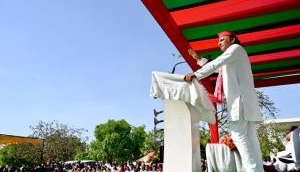
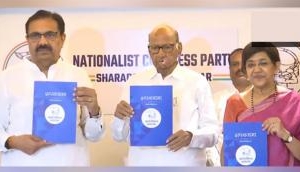
_251372_300x172.jpg)
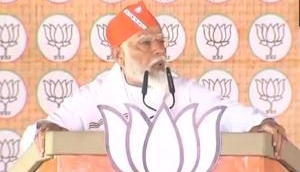
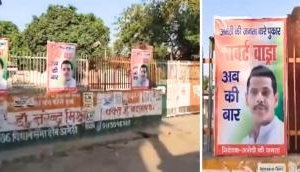
![BJP's Kapil Mishra recreates Shankar Mahadevan’s ‘Breathless’ song to highlight Delhi pollution [WATCH] BJP's Kapil Mishra recreates Shankar Mahadevan’s ‘Breathless’ song to highlight Delhi pollution [WATCH]](http://images.catchnews.com/upload/2022/11/03/kapil-mishra_240884_300x172.png)

![Anupam Kher shares pictures of his toned body on 67th birthday [MUST SEE] Anupam Kher shares pictures of his toned body on 67th birthday [MUST SEE]](http://images.catchnews.com/upload/2022/03/07/Anupam_kher_231145_300x172.jpg)


